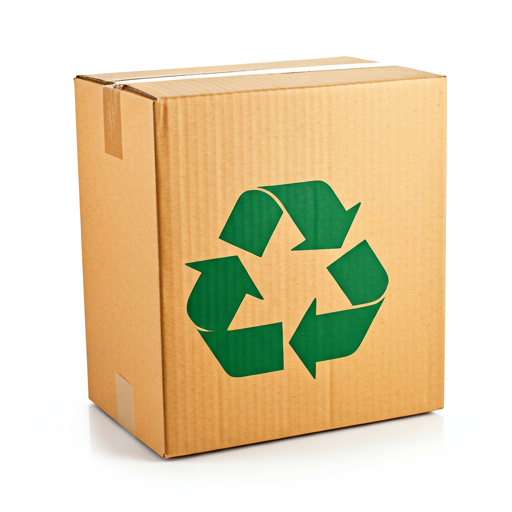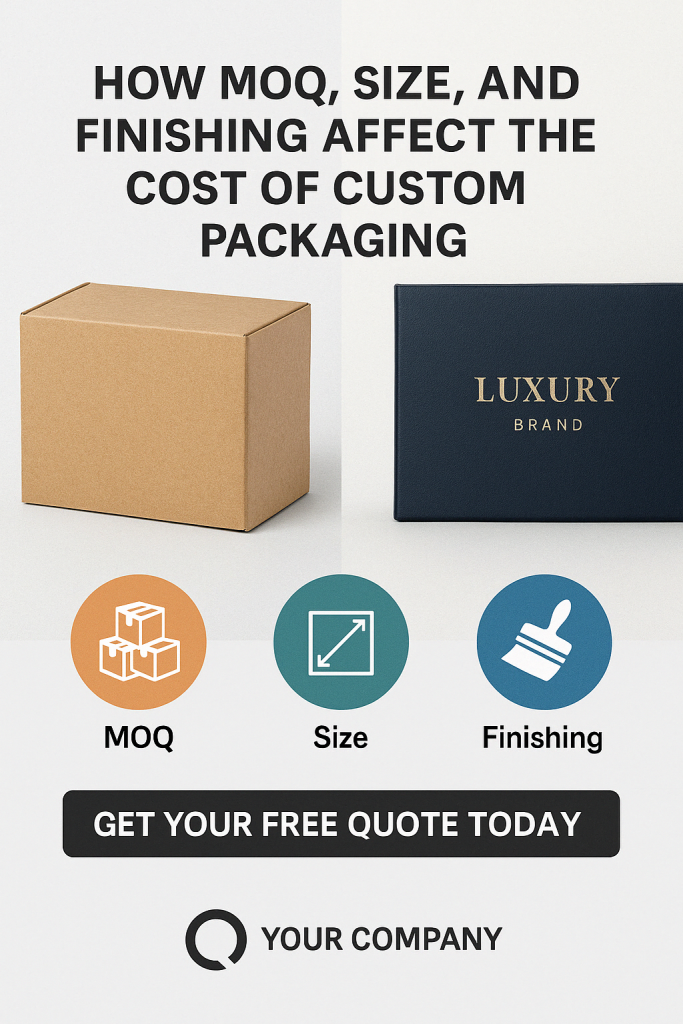The demand for sustainable practices and eco-friendly solutions across industries has propelled recycling into the spotlight, particularly in the packaging sector. As awareness of environmental degradation rises, so does the scrutiny of packaging materials and methods. One significant source of concern has been the wholesale shipping boxes used by packaging companies, which play a critical role in logistics and distribution chains worldwide. These boxes, traditionally made from various materials, including non-recyclable ones, present a considerable challenge in terms of waste and sustainability.
The growing pressure from consumers, regulatory bodies, and environmental advocates is prompting companies to re-evaluate their packaging materials. The question arises: can packaging companies transition to fully recyclable materials in their wholesale shipping boxes by 2024? This ambitious goal entails not only adopting new materials but also overhauling existing supply chains, manufacturing processes, and customer practices. Such a move requires a detailed understanding of material science, technological adaptability, and market dynamics.
Various factors converge to make this shift feasible or merely aspirational. These include the availability of recyclable materials that can meet the robust demands of shipping, the economic impact on the packaging and broader logistical industries, and the readiness of the market to absorb potentially higher costs associated with greener materials. Furthermore, legislative changes play a crucial role in shaping industry standards and can either accelerate or hinder this transition. This introduction sets the stage to delve into these issues, exploring if a total shift to recyclable materials in wholesale shipping boxes is achievable by the target year of 2024 or if it remains a distant goal.
Current Availability of Fully Recyclable Materials
The move towards fully recyclable materials in the packaging industry is closely tied to the current availability of such materials. Companies in the sector are increasingly leaning towards sustainability, spurring significant research and development into recyclable materials. Currently, there are various fully recyclable options available, including corrugated cardboard, certain plastics, and biodegradable materials. Corrugated cardboard is already widely used due to its high recyclability rate; however, achieving complete recyclability also hinges on the adhesives and inks used, which sometimes hinder the recycling process.
With the push for a more sustainable environment, industry players are prompted to either upgrade their existing materials or switch to innovative alternatives that are easier to recycle, compost, or reuse. Researchers are exploring new materials that not only meet the strength and durability requirements of wholesale shipping but are also cost-effective. Innovations have led to the development of plant-based packaging, mushroom-based foam, and even seaweed plastics, all of which promise a future where all packaging can be totally sustainable.
Regarding whether packaging companies can move to fully recyclable materials in their wholesale shipping boxes by 2024, it’s a promising but challenging target. The feasibility depends largely on several factors, including technological advances, supply chain adaptability, cost factors, and regulatory pressures. Technologically, the sector is fast evolving, and there are already viable solutions in the market. However, converting all production to these new materials requires large capital investments and buy-in from critical stakeholders throughout the supply chain.
Moreover, the economic aspect cannot be overlooked, as the initial cost of transitioning to fully recyclable materials can be prohibitive for many companies, particularly small to medium enterprises. Yet, with increasing consumer demand for sustainable products and potential regulatory mandates, companies might find the transition economically viable as a long-term investment.
Ultimately, achieving full recyclability by 2024 will depend on a concerted effort from all parties involved, from material scientists developing the recyclables to the corporations who integrate them and the consumers who demand sustainability in products and packaging. If governments also step in with supportive policies and regulations, the goal becomes more attainable. Pioneering companies adopting these practices could set a benchmark in the industry and prove that sustainability can be synonymous with profitability.
Technological Advances in Packaging Materials
Technological advances in packaging materials have transformed the industry, opening up opportunities for significant improvements in environmental sustainability. Innovations have led to the development of more versatile, resilient, and recyclable materials that can replace traditional options that are harmful to the environment. These include the rise of bioplastics, which are made from natural materials such as corn starch, and the improvement of paper-based solutions that are stronger and more durable than ever before. Moreover, chemical engineers and material scientists continue to explore ways to enhance the recyclability of plastics through advances like chemical recycling, where plastic is broken down into its molecular components and can be reconstructed, thus reducing waste.
As for whether packaging companies can move to fully recyclable materials in their wholesale shipping boxes by 2024, several factors need to be considered. Transitioning to fully recyclable materials involves not only the availability of advanced materials but also the adoption of these new technologies, investment in new production lines, training of personnel, and possibly, the most challenging, the alignment of these changes with existing waste management and recycling systems. Furthermore, the economic feasibility of such a transition plays a significant role, as does the need for regulatory and industry agreement on standards and practices.
Although the target date of 2024 is ambitious, it is not out of reach. Some leading companies in the packaging industry have already started implementing changes towards sustainability, spurred by increasing consumer demands for eco-friendly products, governmental pressures, and potential cost savings from using recycled materials. However, widespread adoption across the industry will require concerted efforts involving innovation incentives, governmental support through subsidies or tax benefits, and robust public-private partnerships aimed at enhancing recycling infrastructure.
Conclusively, while formidable challenges lie ahead, the combination of technological advances and growing environmental concerns offers a conducive environment for this transformative change in the packaging industry. The next few years will be crucial in determining how quickly and effectively these changes can be implemented industry-wide.
Cost Implications and Economic Feasibility
Cost implications and economic feasibility play pivotal roles in determining the viability of packaging companies transitioning to fully recyclable materials. When examining the possibility of all packaging companies adopting fully recyclable materials for their wholesale shipping boxes by 2024, several factors need to be considered.
Firstly, the cost of raw materials is a primary concern. Recyclable materials, such as corrugated cardboard or biodegradable plastics, can be more expensive than conventional materials. This is often due to the economies of scale not yet being fully developed for sustainable options, or the higher cost of production and processing technologies involved in creating recyclable materials. Additionally, these materials often require more complex manufacturing processes or refined technologies, which can further elevate initial expenses.
Moreover, from an economic standpoint, the transition to fully recyclable packaging needs substantial upfront investment from companies. This includes investment in new machinery and re-training staff to handle new materials or technologies. Companies are also faced with the potential disruptions during the transition phase, which might impact their operational efficiency and profitability in the short term.
However, it should be considered that the long-term savings and the potential for increased market share due to growing consumer preference for environmentally friendly products might offset these initial costs. Companies that take early action might benefit from improved brand reputation and customer loyalty, which can translate to better financial performance over time.
As for the feasibility of achieving this by 2024, much depends on the current legislative environment, availability of technology, and the readiness of the market to absorb the increased costs. Governments can support this shift through subsidies, tax breaks, or regulations that incentivize the use of recyclable materials. Given the right circumstances and sufficient industry commitment, it’s plausible but ambitious to achieve widespread adoption of fully recyclable shipping boxes in such a short timeline. It requires cohesive effort from both private and public sectors to overcome these economic challenges.
Regulatory and Industry Standards for Recycling
Regulatory and industry standards for recycling play a critical role in guiding packaging companies in their transition to more sustainable practices. These standards, which can be set by governments or industry-leading organizations, often delineate the minimum requirements for recyclability, the use of recycled materials, and the reduction of overall environmental impact. Compliance with these standards is not just about adhering to legal requirements but also about meeting consumer expectations and corporate sustainability goals.
Can Packaging Companies Move to Fully Recyclable Materials in Their Wholesale Shipping Boxes by 2024?
Moving to fully recyclable materials in wholesale shipping boxes by 2024 is a significant challenge but not unachievable. Several factors influence this transition, including the availability of appropriate materials, technological capabilities, economic implications, and, notably, regulatory and industry standards.
Availability and Technology: Firstly, the current availability of fully recyclable materials needs to be considered. Industries have made notable advancements in developing more sustainable materials, such as biodegradable alternatives and improved forms of cardboard and plastics that are easier to recycle. However, the scalability of these materials to meet large-scale industrial needs by 2024 remains a critical question.
Economic Feasibility: Secondly, the economic aspect cannot be understated. Transitioning to fully recyclable materials may involve higher upfront costs for research, development, and altering existing manufacturing lines. While long-term savings and benefits—such as improved brand image and compliance with anticipated regulatory changes—can offset these costs, companies must be prepared for initial financial outlay.
Regulatory and Industry Standards: Most crucially, regulatory and industry standards will significantly impact this transition. As more governments impose stricter recycling regulations and industry standards evolve to promote sustainability, companies will likely be pushed towards adopting fully recyclable packaging solutions. These standards not only encourage recycling but also ensure a level playing field where all players in the market are held to the same environmental stewardship criteria.
Implementation Realities: Beyond standards, the adoption rates and the ability to implement new recycling technologies effectively also affect this goal. Companies need to manage the logistics of collecting used materials, ensuring they are properly recycled, and preventing contamination. Consumer behavior plays a role as well, with the need for increased awareness and education on recycling practices.
In conclusion, while the target of shifting entirely to recyclable materials in packaging by 2024 is ambitious, it is within the realm of possibility, especially if driven by strong regulatory frameworks and advancements in sustainable technologies. Companies will need to strategically navigate these dimensions, balancing economic considerations with regulatory compliance and technological capabilities.
Adoption and Implementation Challenges
Adoption and implementation challenges are significant barriers that companies face when transitioning to fully recyclable materials for their packaging needs








